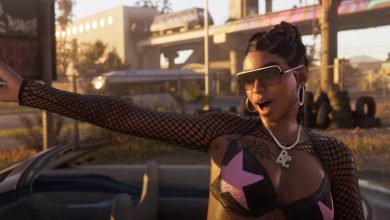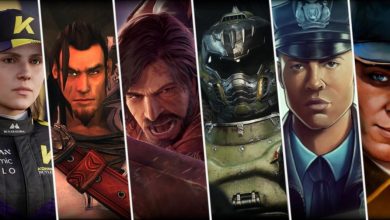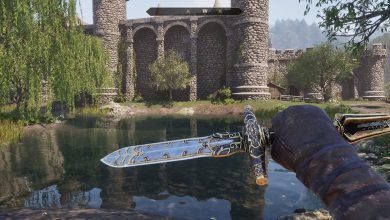The Story of the Great Car Thief: How the Grand Theft Auto Series Evolved and Influenced the Gaming Industry

The long-awaited official announcement of Grand Theft Auto VI at the end of 2023 caused a stormy reaction – the game’s trailer was viewed hundreds of millions of times, and the game itself became the most anticipated project in the eponymous nomination at The Game Awards 2024. This is because GTA is a special game franchise that has had a colossal impact on the entire gaming industry several times. This is what our material today is about.
Rise of the Grand Theft Auto
The first part of “Grand Theft Auto” was released in 1997. The developer was the studio DMA Design, the future Rockstar North.
The project was originally planned as a racing game in which players would either play as a civilian taking part in illegal street races or as a police officer trying to stop a group of street racers from reaching the finish line. But a funny bug during development turned the game into a pure open-world action game that revolutionized the genre.
The gameplay of Grand Theft Auto was based on the fact that the player could drive any vehicle, as well as work for gangsters and create real madness on the streets of three cities at once: Liberty City, Vice City and San Andreas.
The project was so loved by the audience that players could spend hours in the game and not even touch the main plot. The original GTA was one of the first sandboxes where the player could adventure at his own pace, which became one of the main advantages of all future parts, and for which players loved it so much.
The police system also contributed to the success. It was born from an algorithm error – the virtual “cops” behaved more aggressively than the developers expected.
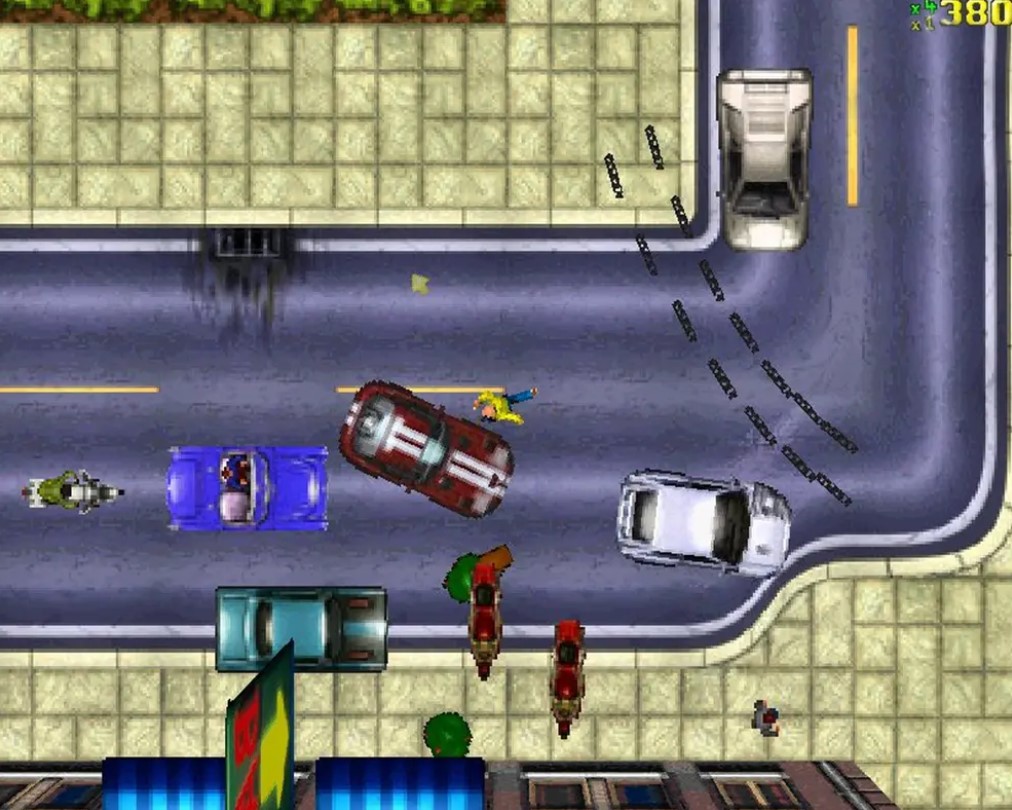
Image courtesy of Rockstar and Take-Two Interactive
Somehow, the pathfinding algorithm that was supposed to direct the cops to the player was broken. The lawman decided that his true target was inside the player’s car, not a few centimeters away. So the cops never reached their target, but tried again and again to reach that unreachable point in the center of the player’s car. This created the very “aggression” of the GTA cops, who do not try to arrest the offender, but simply ram him and try to destroy him.
The bug was so well received by testers that the developers kept it, and the originally planned racing game became a cult hit in the action genre and turned into one of the most popular and most important franchises in video game history.
Gary Penn, creative director at DMA Design, who oversaw the release of the first Grand Theft Auto, spoke about this in an interview with Gamasutra:
“It was cool, so [the cop bug] stayed. It was changed a little bit, but it stayed because it was fun. Suddenly the game became more dramatic and it wasn’t boring anymore, because the police are constantly trying to stop you. They’re chasing you, they’re trying to push you off the [favorite] road. Everyone suddenly thought, ‘Hey, this is actually cool. There’s something to this, it works.’ It wasn’t so much about the missions, which we always thought were just another bummer, but it was about the game itself, just having fun . ”
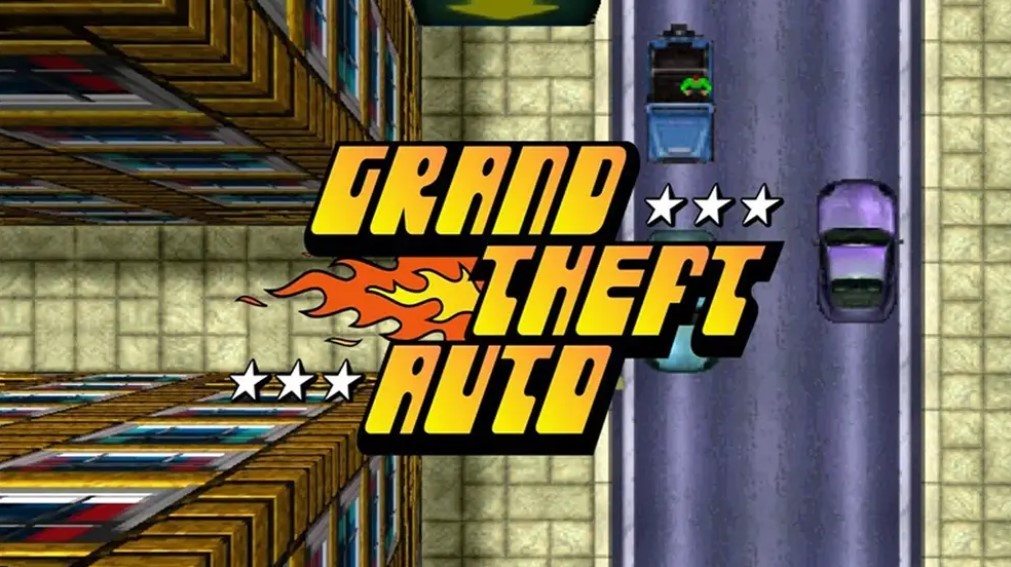
Image courtesy of Rockstar and Take-Two Interactive
The Second Step to Crime – Grand Theft Auto 2
The second Grand Theft Auto was released in 1999 and built on the success of the first. Especially in terms of the police – now the player could be pursued not only by the “cops”, but also by SWAT, federal agents and the army.
They appeared if the player’s danger rating rose high enough – it was in GTA 2 that a full-fledged wanted system of six “stars” first appeared, which later became an integral part of the games in the series. The artificial intelligence of the law enforcement officers was noticeably improved – some argue that the police here are smarter than in some future parts, such as GTA 3 and GTA: Vice City.
The sequel also introduced a reputation system among criminal gangs: each district of the city had three different gangs, and the main character had a special scale that displayed their attitude towards the player. It affected how the gangs reacted to the player and what tasks were available to him.
If the reputation was high enough, the gang members would not attack the player and could even help him in a shootout. If it was low or negative, the protagonist would immediately begin to be attacked upon meeting. Each gang had its own special relationships that affected the progress of the reputation. For example, the Scientist gang would appreciate it if you were fighting the Zaibatsu corporation, and the Villagers were in conflict with the Krishnaites.
GTA 2 became one of the prototypes for faction systems in games – especially for open-world projects. For example, Far Cry 2 (2008) had a similar mechanic of conflict between factions in Africa, where the player had to choose a side or manipulate both, and the original Mount & Blade (2008) developed this concept to the level of managing entire alliances.

Image courtesy of Rockstar and Take-Two Interactive, Source: Steam Community
A new milestone in the life of car theft – Grand Theft Auto III and its younger brothers
The third part was released in 2001. Grand Theft Auto III not only developed the success of the previous two, but also transferred the series to three-dimensional space. This gave not only a feeling of absolute freedom, but also had a greater impact on immersion – a full-fledged 3D world and a third-person view allowed players to associate themselves with the main character.
For this, the RenderWare 3D engine was used. It was flexible and worked well with the platforms of the time – PC, PlayStation 2 and Xbox – without significant performance losses, which allowed GTA 3 to reach a larger audience of players. At the same time, it supported such visual effects as fog, dynamic shadows and simple lighting, which created the atmosphere of Liberty City.
The engine consisted of several modules (graphics, sound and physics), which allowed the game world to be freely customized. For example, the engine did not dictate strict rules for NPC behavior – this was implemented through custom code.
Grand Theft Auto III not only allowed you to get used to the role of a gangster, but also brought new opportunities: you could become a taxi driver or an ambulance driver. However, this did not mean that the player had to follow all the rules – the opportunity to create virtual madness did not go away.
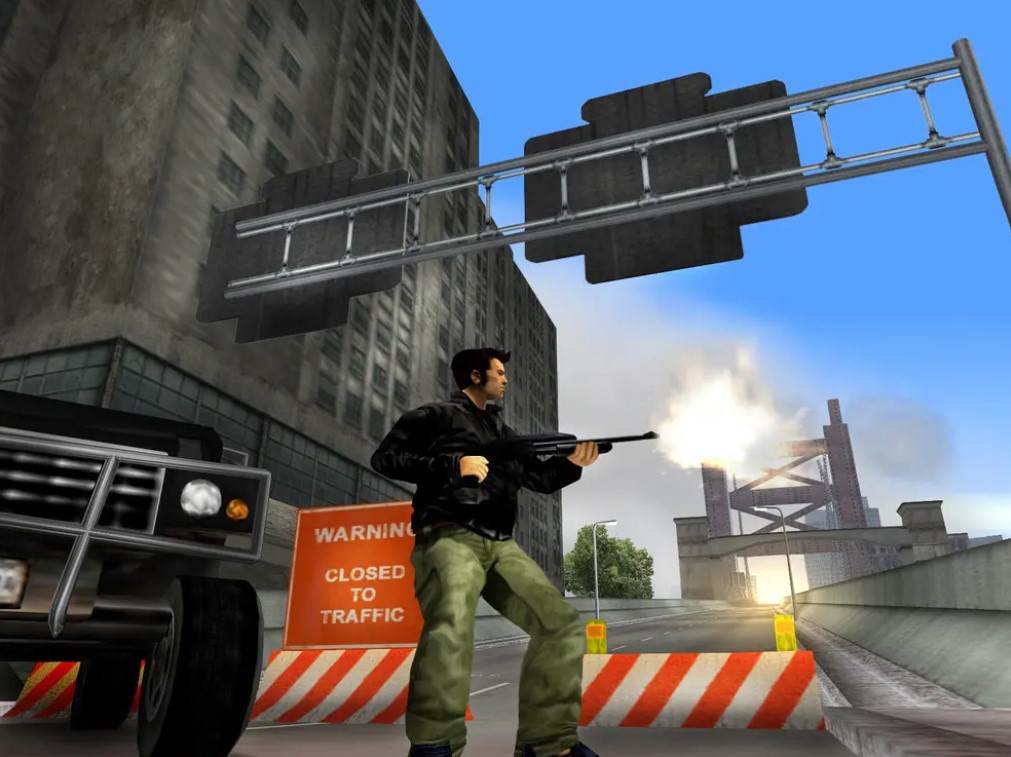
Image courtesy of Rockstar and Take-Two Interactive, Source: Steam
The narrative became more serious – the plot was made more cinematic and deep by adding full-fledged cutscenes. The characters also turned out to be more complex, although not ideal – the protagonist did not utter a word throughout the entire game, and we learned his name later, from another game. In addition, some tasks can be completed in different ways, using ingenuity, which once again increased immersion in the game world and a sense of freedom.
This changed the way games were designed, inspiring developers to create more complex and rich game worlds. Grand Theft Auto III largely created the open-world games we know today.
In the years following the release of the “three”, the gaming industry was literally flooded with GTA 3 clones, the epidemic of which continued for many years: the True Crime series, The Godfather: The Game, and from more modern ones – the Watch Dogs series, the late Sleeping Dogs and dozens of others. All of these are followers of that third part, albeit with an eye on Rockstar’s later projects.
By the way, not all projects were clones of GTA, but many still consider them as such.
For example, Mafia: The City of Lost Heaven, a game by Czech game designer Daniel Vavra, was created in parallel with the Rockstar project and its gameplay was noticeably different, and in some ways was more linear and hardcore. Or the Driver series, where the first two parts appeared before GTA 3 and specialized in driving, rather than exploring the world on foot.
It was the complex game design and varied gameplay that allowed us to remember the third GTA as a new milestone in the development of games, and not any other similar project.

Image courtesy of Rockstar and Take-Two Interactive, Source: Steam
The next two games, Vice City and San Andreas, significantly developed the concepts of the “troika”. Their game worlds turned out to be more complete, and the plots and characters became deeper. The heroes of these games are remembered even today.
Vice City is remembered for its 80s style and satirical narrative containing social commentary on that era – it became one of the main “chips” of the franchise.
San Andreas made the satire even more obvious, and the gameplay offered a wide range of activities, from street racing to sports and even business management, showing how gameplay diversity can improve player engagement.
But the revolution in gaming and narrative wasn’t the only one. The release of these games also marked a new round of major controversy surrounding the possible impact of in-game violence on players, especially children.
The most memorable was the American lawyer Jack Thompson, who actively criticized video games: his accusations rained down on GTA from the very first part, and after the release of the third game, the attacks intensified significantly.
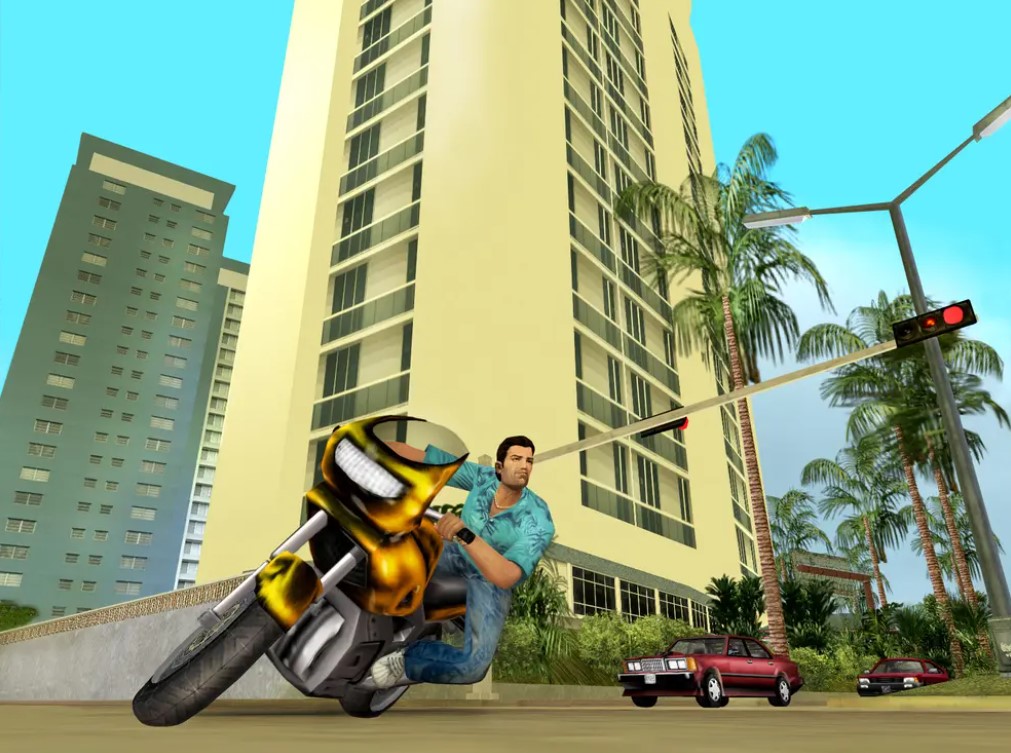
Image courtesy of Rockstar and Take-Two Interactive, Source: Steam
His argument was that violent video games were repeatedly used by teenagers as “murder simulators.” He tried to get them banned by politicians and NGOs, but without much success.
As Thompson put it: ” If some crazy adult wants to spend their time playing Grand Theft Auto: Vice City, you have to wonder why they’re not living their life to the fullest. But when it comes to kids, it has a noticeable impact on their behavior and the development of their frontal lobes .”
But despite the various lawsuits and criticism, many studies have found no clear link between video game violence and real-life violence in society. In 2008, the Florida Supreme Court disbarred Thompson for “unprofessional conduct,” including offensive emails and false accusations against opponents.
After this incident, the topic of the connection between virtual and real violence was no longer officially raised, although questions about the regulation of video game content remain relevant and discussed to this day.
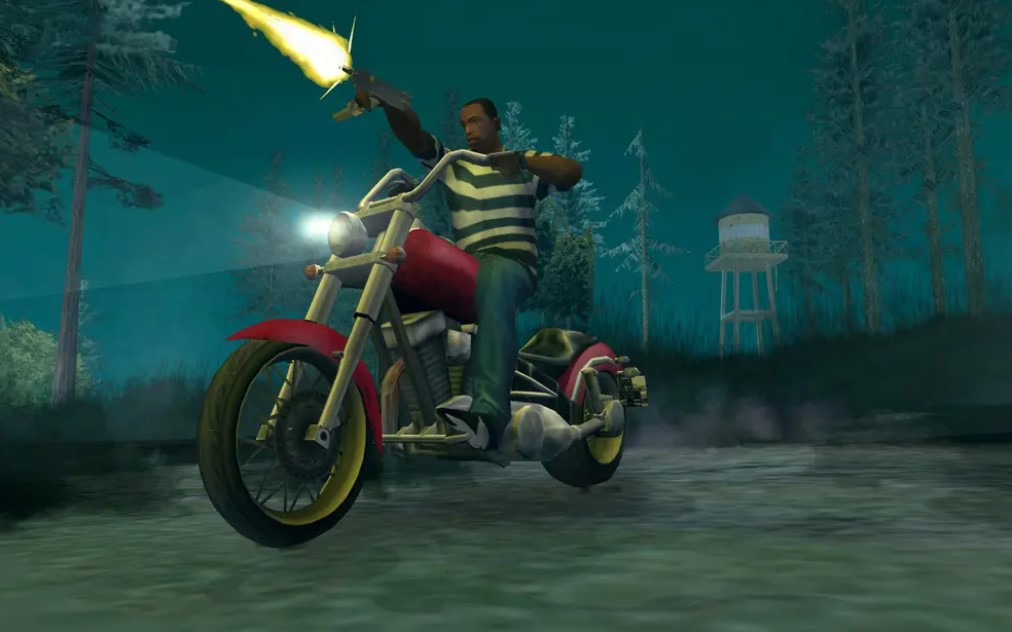
Image courtesy of Rockstar and Take-Two Interactive, Source: Steam
Our Car Thief – Grand Theft Auto IV
Grand Theft Auto IV, released in 2008, is now considered the most controversial part of the series. Some players consider it the weakest game, others – the best. However, the “four” can not be written off either! This game also had a small revolution – we are talking about physics, artificial intelligence and interactivity.
Thanks to the Euphoria physics engine and Rockstar’s renowned animation quality, the game is remembered as one of the most realistic open-world games ever, from the physics of cars and human bodies to the destructibility of vehicles and greater interactivity. Players could interact with the environment and other characters on a level never seen before.
The game used the RAGE engine — Rockstar Advanced Game Engine — to calculate physics. Euphoria interacted with RAGE, putting a layer of “live” animations on top of it, adding realism to what was happening on the screen.
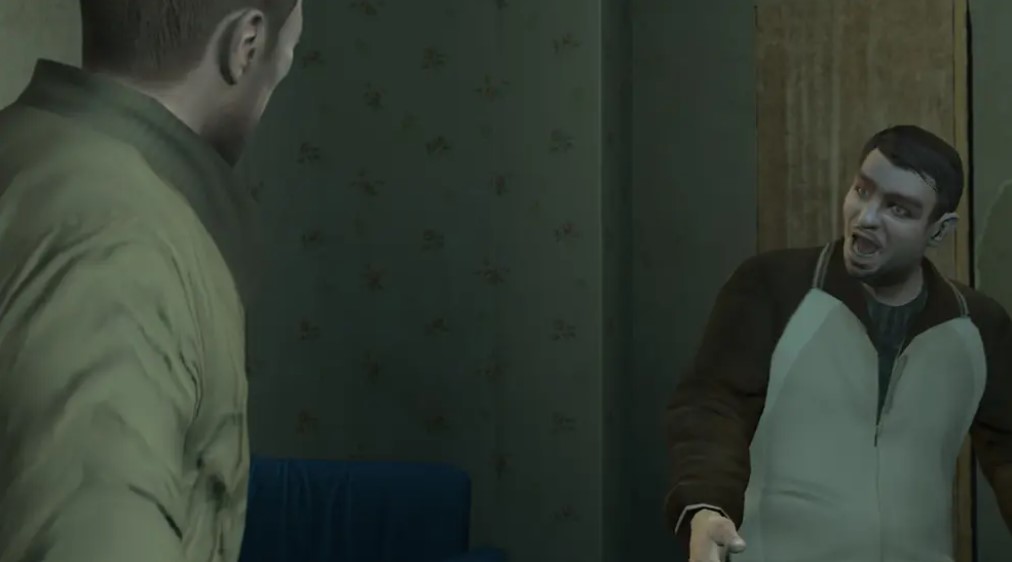
Image courtesy of Rockstar and Take-Two Interactive
Another advantage of the Euphoria system was that it allowed the creation of artificial intelligence for NPCs – they and the protagonist could dynamically react to the environment and events based on the physics and “consciousness” of the character. For example, they try to hold on to the edge of a wall or fence to soften their fall. When shot in the leg, the NPC began to limp, and if hit by a car, he could try to cling to the hood or roll along the ground, grouping himself to soften the blow.
This system also affected the game world. For example, you regularly encounter drunk NPCs who constantly stagger, fall and awkwardly try to get up.
Close combat has also become more elaborate. For example, a blow to the face makes the enemy stagger back, and if you want to throw him from a height, he can grab onto the protagonist, trying to save himself – or at least drag Niko Bellic along with him.
Some of the graphics, like the fog, are still striking today, and the world is one of the most vibrant not just in the series, but in the entire gaming industry. It seems like no one has ever tried to reach the heights of the bar that Rockstar set in Grand Theft Auto IV.
The game also featured small role-playing elements: you could make choices in some story missions, as well as develop relationships with secondary characters. All of this not only affected immersion, but also made GTA IV the deepest game in the series – the ending depended on the player’s choices and attitude towards Niko Bellic’s acquaintances throughout the game.
The story in GTA 4 can be considered the darkest of all the games in the franchise – satire, although present, fades into the background. It is clear that Rockstar wanted to experiment with serious narratives to take Grand Theft Auto out of the “satire of society” genre. But they failed…
Grand Theft Auto V Sets Trends Again
In the fifth part, which was released in 2013, most of the “features” of the fourth were abandoned in order to make the project more arcade and fun, while the “four” became a kind of alternative development of the series.
Instead of realistic physics, the developers decided to pay attention to filling the world. There is more content of various levels: from various references to a full-fledged simulation of the animal world, which was taken from Red Dead Redemption. We can say that Rockstar went not deep, but wide.
The game got rid of what GTA 4 was criticized for — gloom. Because of this, “Five” became the standard of the series among the mass player: it is a fun GTA with crazy gameplay, with the most satirical approach to the plot and gameplay features that complement both of these aspects. Rockstar realized that there is no point in swimming against the current.
The robbery system also stood out. As the story progressed, the main characters pulled off robberies over and over again, which turned into a real show with a plan and preparation – like in the movies. And there was nothing like this in any game before – all other projects about bank robberies were either strictly focused on this topic, or it was one mission for the entire game, and thought out in advance by the developers.
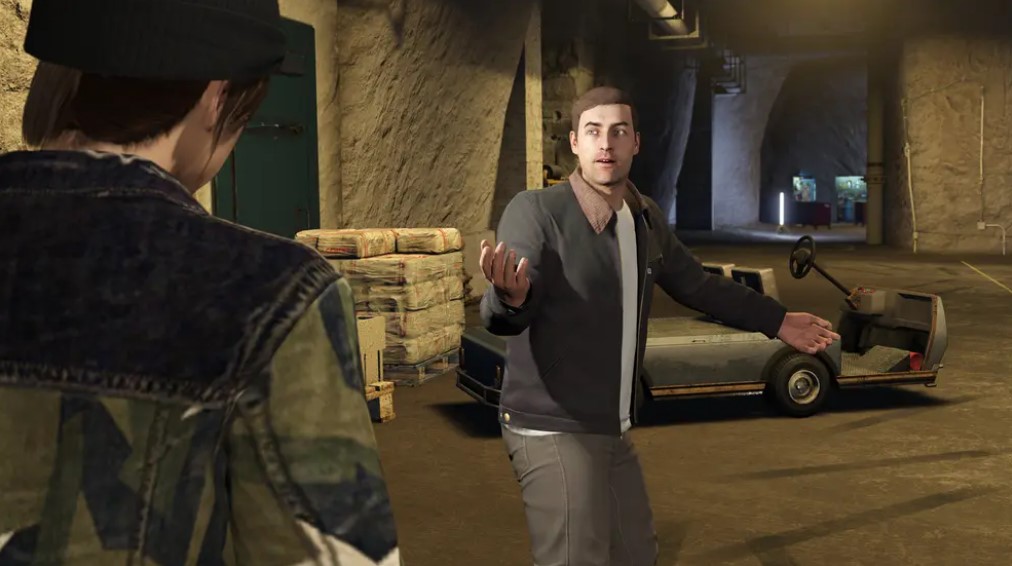
Image courtesy of Rockstar and Take-Two Interactive, Source: Steam
But the main revolution of GTA V was, without a doubt, the online mode. Multiplayer had been in the series before, but it was in GTA Online that it was elevated to the absolute. And there are two reasons for its success.
Firstly, the online mode hasn’t come up with anything new – it’s just concentrated madness and fun, which the series has always been famous for. The only thing that’s added is the fact of being online, i.e. the presence of other players, which has started to generate endless game situations.
Heists from the single-player game have also become one of the main features of the multiplayer – there are many of them, and new ones appear with each major update, which is very popular with players. This is a real cooperative work, forcing you to think through every aspect of the mission, prepare for it – and almost always the situation develops differently.
Secondly, GTA Online is still supported – new content is released regularly and its quality remains stable. The online mode has been around for 12 years, actively developing and bringing Take-Two colossal profits.
Thirdly, the online mode, at the time of its release, supported up to 30 simultaneous players in the same world. For 2013, this was an impressive result for online games in a large open world – it influenced the development of open-world games such as Fallout 76 or Sea of Thieves.
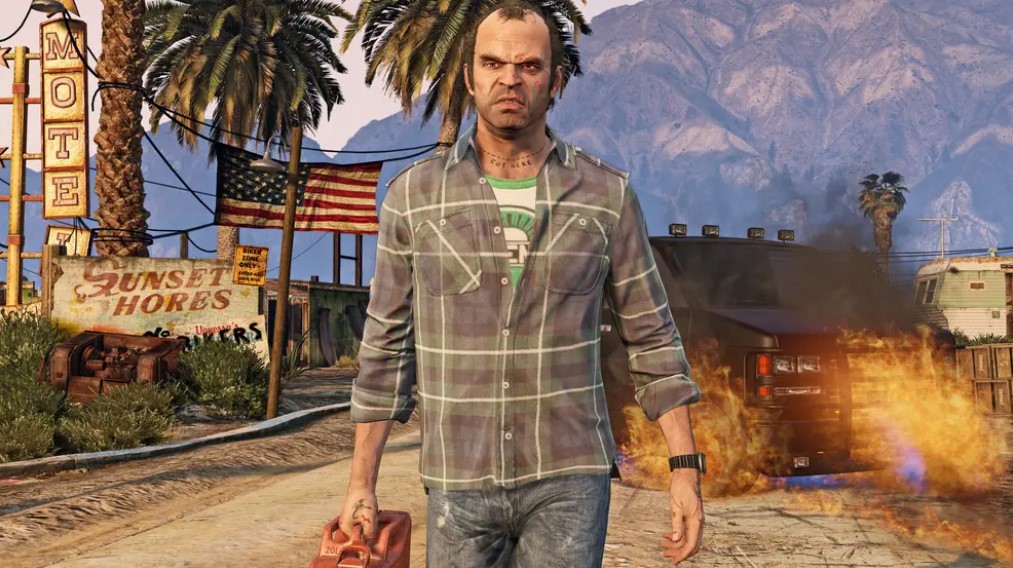
Image courtesy of Rockstar and Take-Two Interactive, Source: Steam
The monetization turned out to be not quite ordinary. Rockstar came up with the Shark Cards system. These are virtual “cards” that can be purchased in the GTA Online store – each corresponds to a certain amount of GTA$, the in-game currency used to buy in-game items: cars, weapons, real estate, clothing, and so on. As of March 2025, there are 6 categories of cards named after different types of sharks, the cost of which varies from three to a hundred dollars.
The Shark Cards system has proven to be a gold mine for Rockstar and publisher Take-Two Interactive. In 2021, Take-Two reported that microtransaction revenue made up about 60% of their total revenue, and by 2023, GTA Online had generated over $8 billion.
The launch of GTA Online inspired many developers to create service projects in the form we know it today. Many developers try to repeat the success of GTA Online over and over again, but only a few succeed – even Rockstar themselves failed, trying to repeat the success with Red Dead Online. But there, the players did not appreciate the idea, not bringing the proper dividends to the publisher – the pace and meaning of “Red Dead Online” were in the melancholic exploration of the world, and not in the madness that Rockstar bet on in GTA Online.
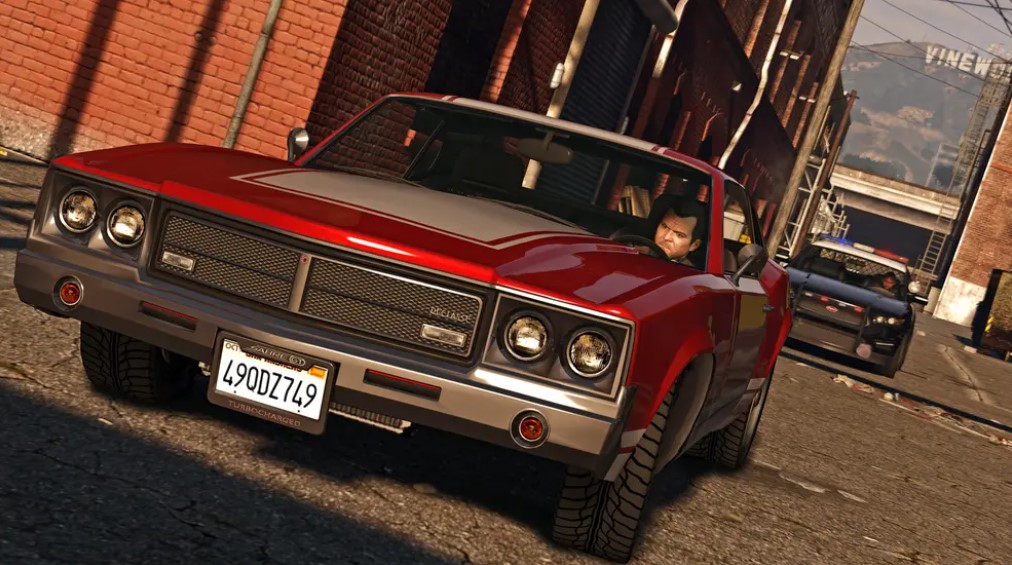
Image courtesy of Rockstar and Take-Two Interactive, Source: Steam
A worthy successor to Grand Theft Auto VI?
It is difficult to answer the question of whether the “six” will be able to offer something new. Many factors hint to us that there will be no revolution there at all:
- Dan Houser, one of the main developers of the previous parts, left Rockstar after the release of Red Dead Redemption 2;
- the clear emphasis will be on multiplayer – there will be a story campaign, but there are no guarantees of its quality;
- Due to their power limitations, consoles – especially the Xbox Series S – won’t be able to create anything more complex and large-scale than what we’ve already seen in GTA V;
- Open world game design has long since stopped evolving: developers now only flood maps with the same type of content – even if the quality meets high standards.
Thinking about what GTA 6 could surprise with, it could, for example, be neural networks – a current development direction that does not require large hardware resources.
The developers could have made the game world much more alive by adding more intelligence to its inhabitants, a larger number of algorithms and a neural network, so that NPCs could make more complex decisions – the world would have become more realistic. Up to the point that the inhabitants could react to the protagonist, or, for example, it would have been possible to communicate with them – “GTA” is, of course, not an RPG, but this is quite in the spirit of Rockstar.
On the other hand, if Rockstar copes with these non-trivial tasks and can come up with something new in the game design of the series, then they will once again confirm their status as “the best” in the industry.
According to various estimates, the budget of GTA 6 could have exceeded two billion – a colossal amount. Where could such money have been spent? Either the developers are preparing something grandiose, or the development of the project has been restarted many times – given the development time of the “six”, almost 7 years, this is quite possible.
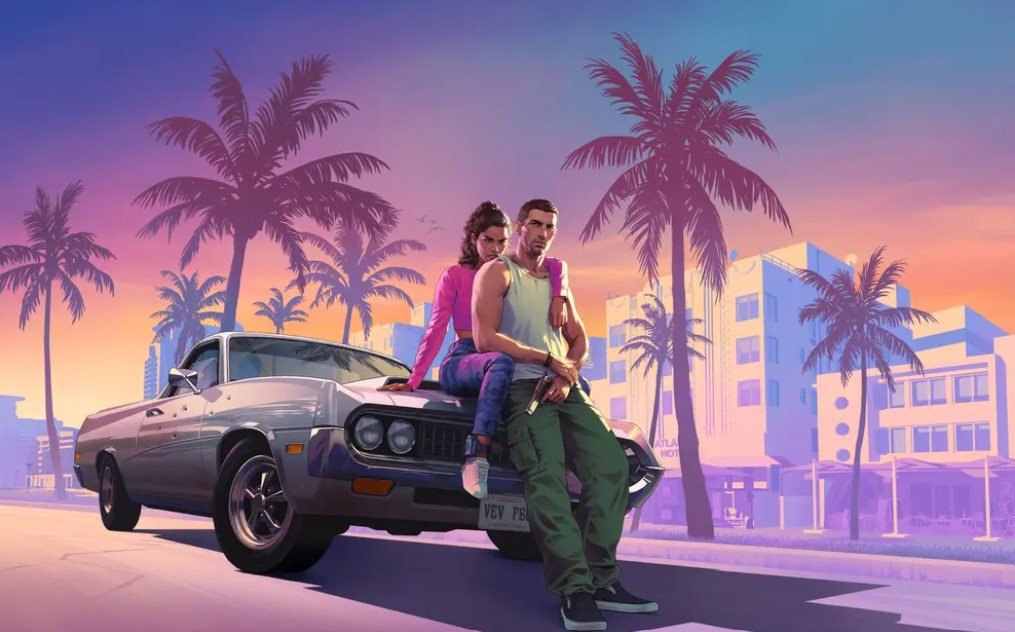
Image courtesy of Rockstar and Take-Two Interactive. Source: RockstarGames.com
Analysis
The Grand Theft Auto franchise has had a huge impact on the gaming industry – almost every part of the main series was revolutionary to some extent: an advanced police system, a gang system and their reputation, an advanced 3D game world, realistic physics and artificial intelligence, multiplayer and a service system, and much more.
It is clear why the sixth part is awaited by tens – and maybe hundreds – of millions of players around the world. But will it be able to offer something revolutionary enough to stand in line with its predecessors? The question is open. There are several reasons that hint at a negative answer.
Unfortunately, the gaming industry is currently in a state of severe stagnation and there is little reason to expect any innovations, especially global ones. And the changes in the ranks of Rockstar, combined with the influence of current trends, only make things worse.
However, as was said above: if Rockstar can’t turn the tide with Grand Theft Auto VI and don’t give new reasons to imitate themselves, then probably no one else in the industry will be able to do this.
***
Cover image courtesy of Rockstar and Take-Two Interactive.

